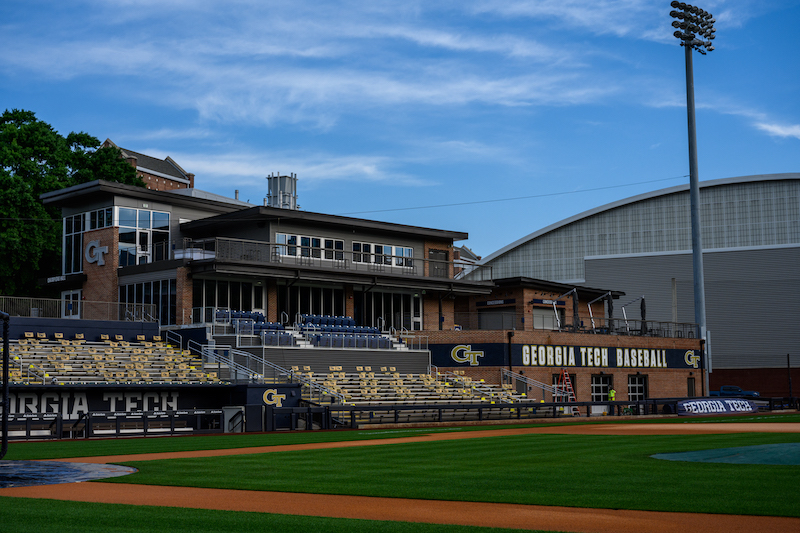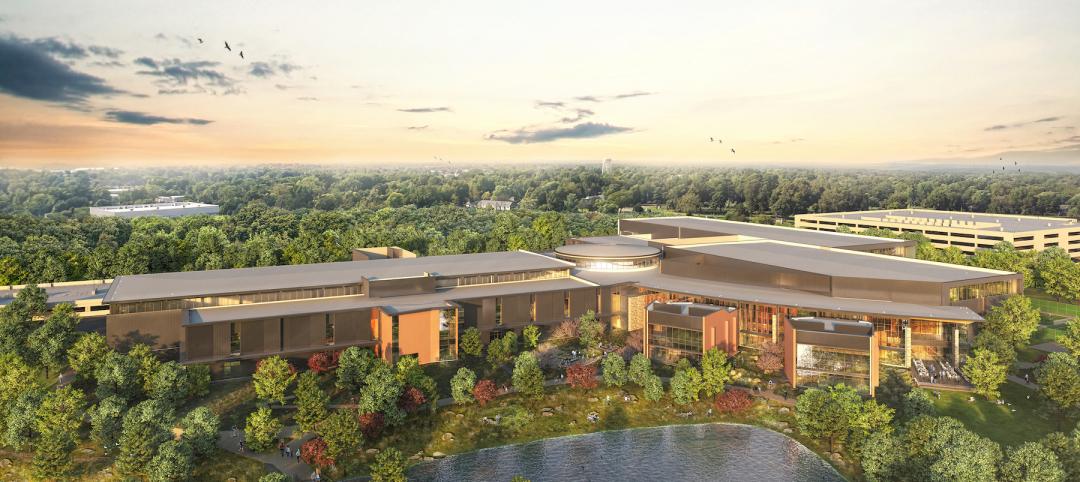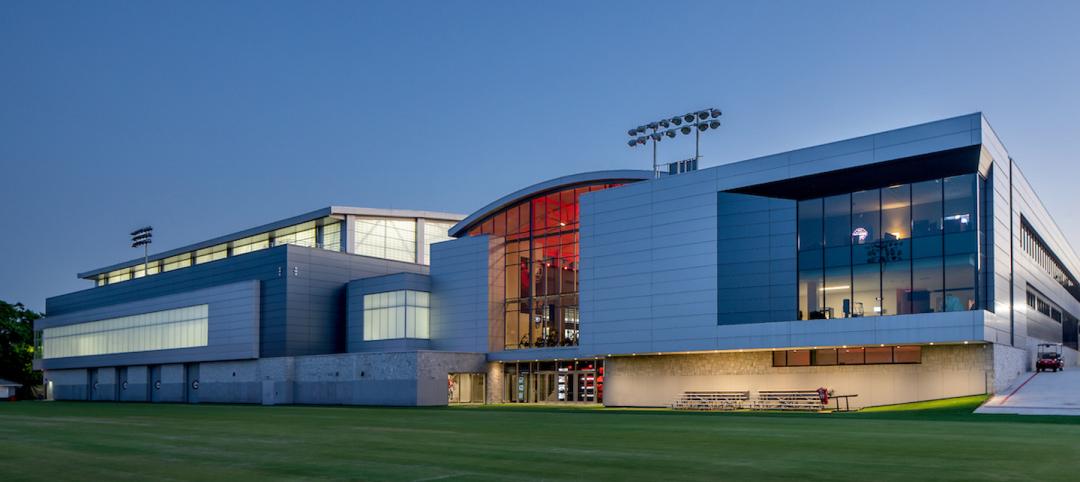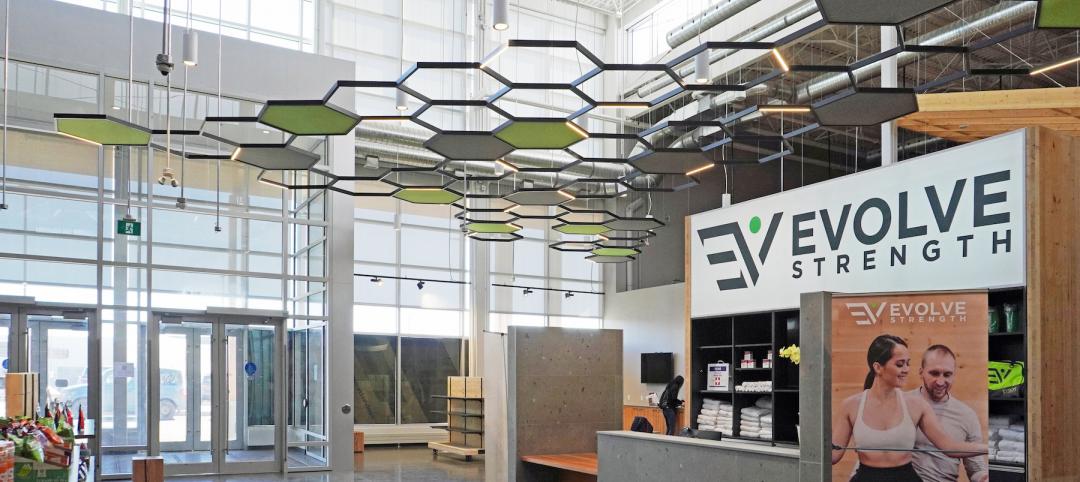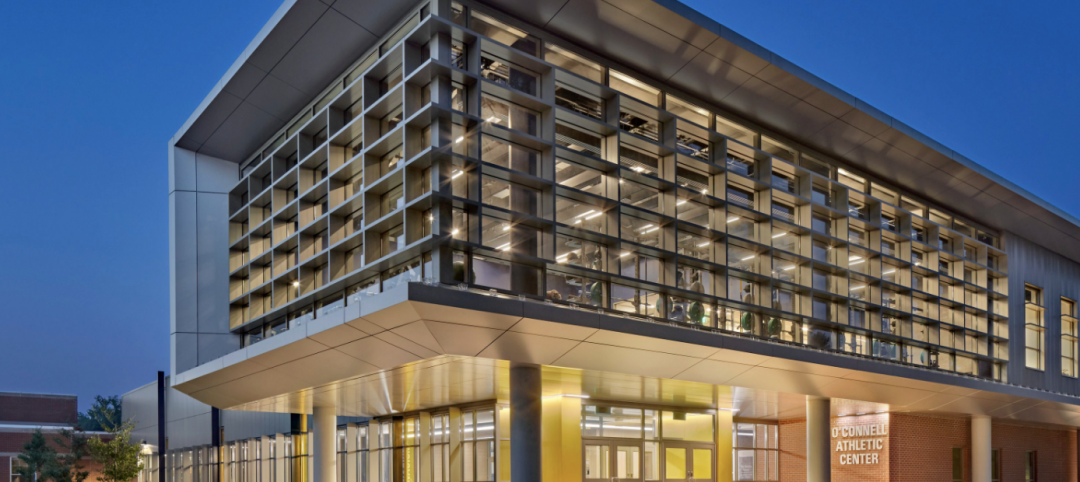Populous has completed the $10 million second phase renovation project for the Mac Nease Baseball Park at Russ Chandler Stadium at Georgia Tech.
Champions Hall, a two-story multi-purpose gathering space created on the expanded concourse, is a key component of the project. The space will celebrate the history of Georgia Tech Baseball, highlighting ACC Championships and trips to Omaha along with student-athlete accomplishments from years past. Champions Hall provides new premium chair back seating and a spacious event room that looks out onto the field. It will also serve as a meeting space for the baseball team and an event space for other organizations and alumni gatherings. The second floor also includes the Mark Teixeira Skyline Terrace, a premium seating area.
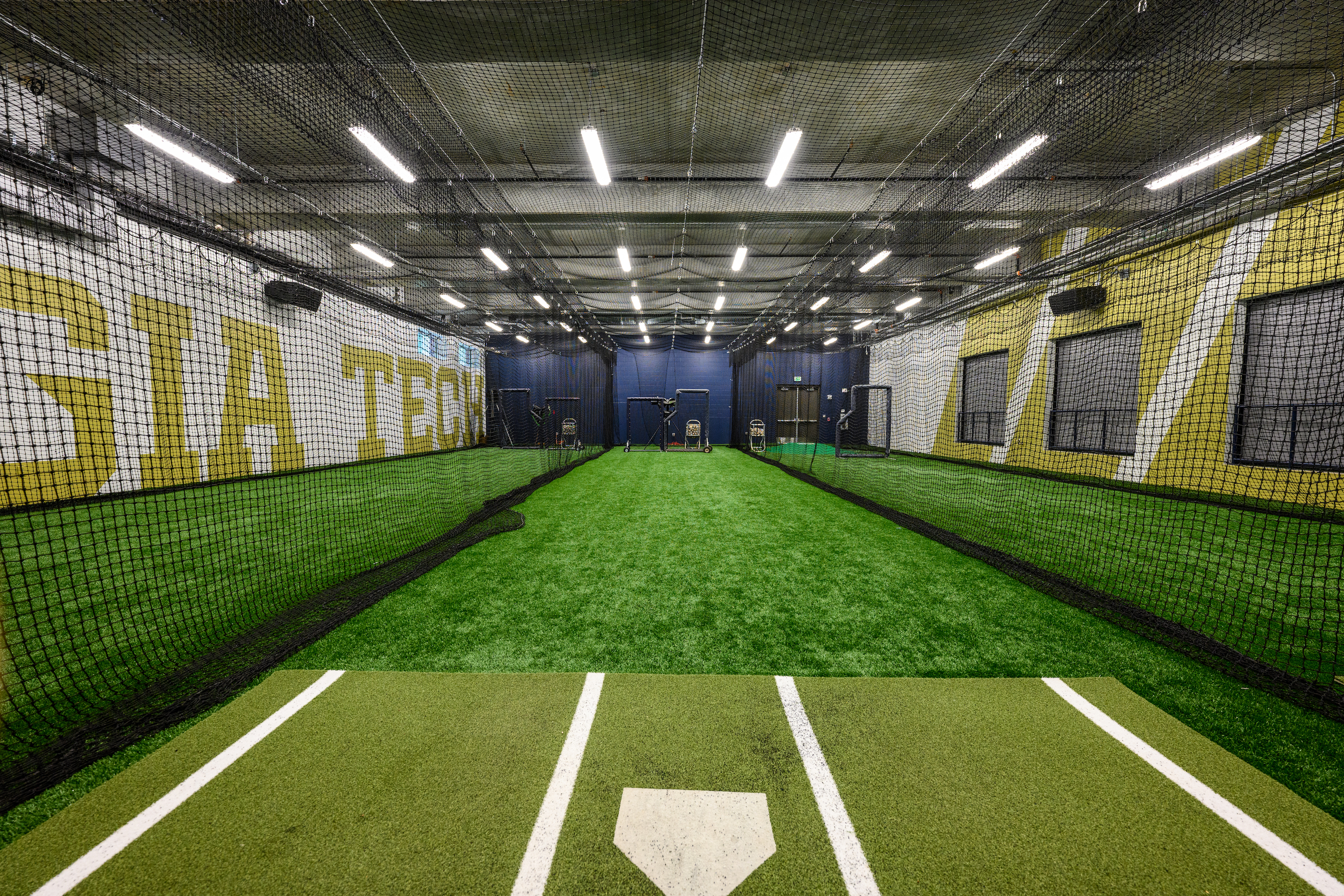
A new home plate club and two outdoor suites are located behind home plate and offer additional premium options for fans. New concessions and restrooms have been provided on the expanded left field plaza that also features new drink rail areas overlooking the field. Additionally, a new entry plaza will welcome fans and provide a space to socialize on gamedays.
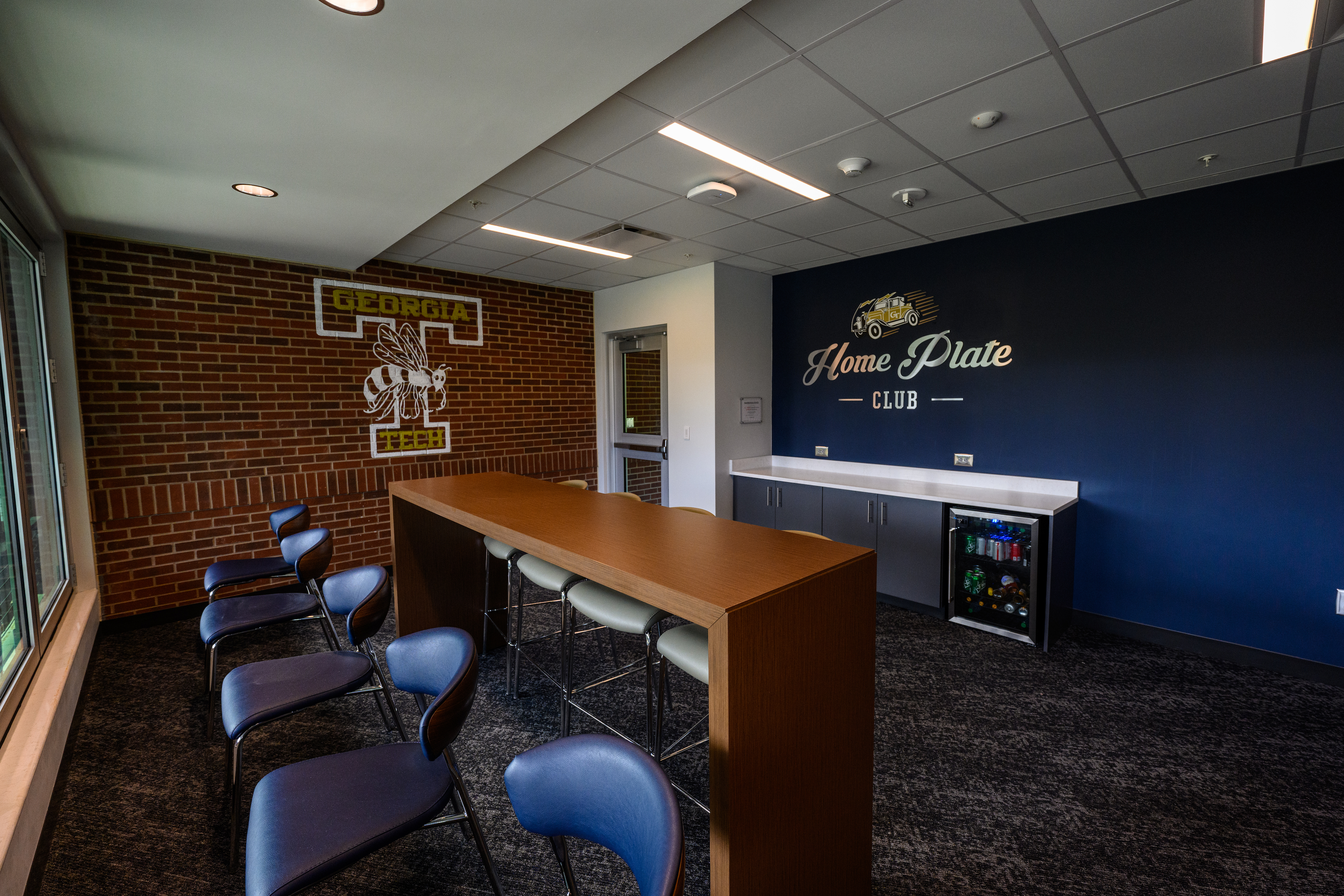
The “jewel” of the Phase II renovation is the new climate-controlled elite training facility that can be used year-round by Georgia tech student-athletes, as well as alumni and professional baseball players during the offseason. The training facility includes a 2,000-sf pitching and hitting lab and 5,000-sf batting tunnel located under the concourse with connections to other team areas and direct access to the playing field. The pitching and hitting lab features motion capture cameras, tracking systems, and floor pressure plates that can record and analyze data for each player in real-time.
Related Stories
Multifamily Housing | Aug 3, 2022
7 tips for designing fitness studios in multifamily housing developments
Cortland’s Karl Smith, aka “Dr Fitness,” offers advice on how to design and operate new and renovated gyms in apartment communities.
Reconstruction & Renovation | Aug 3, 2022
Chicago proposes three options for Soldier Field renovation including domed stadium
The City of Chicago recently announced design concepts for renovations to Soldier Field, the home of the NFL’s Chicago Bears.
Headquarters | Jun 21, 2022
Walmart combines fitness and wellness in associates’ center that’s part of its new Home Office plan
Duda | Paine’s design leads visitors on a “journey.”
Sports and Recreational Facilities | Jun 17, 2022
U. of Georgia football facility expansion provides three floors for high-performance training
A major expansion of the University of Georgia’s football training facility has been completed.
Building Team | Jun 14, 2022
Thinking beyond the stadium: the future of district development
Traditional sports and entertainment venues are fading as teams and entertainment entities strive to move toward more diversified entertainment districts.
Acoustic Panels | Jun 9, 2022
A fitness center renovation in Calgary focuses on tamping the building’s sound and vibration
Bold Interior Design chose as its solution a lighting/acoustical panel combination.
Sports and Recreational Facilities | May 26, 2022
WNBA practice facility will offer training opportunities for female athletes and youth
The Seattle Storm’s Center for Basketball Performance will feature amenities for community youth, including basketball courts, a nutrition center, and strength and conditioning training spaces.
Sports and Recreational Facilities | May 19, 2022
Northern Arizona University opens a new training center for its student athletes
In Flagstaff, Ariz. Northern Arizona University (NAU) has opened its new Student-Athlete High Performance Center.
University Buildings | May 9, 2022
An athletic center accentuates a college’s transformation
Modern design and a student health center distinguish the new addition at The University of Saint Joseph in Connecticut.
Sponsored | BD+C University Course | May 3, 2022
For glass openings, how big is too big?
Advances in glazing materials and glass building systems offer a seemingly unlimited horizon for not only glass performance, but also for the size and extent of these light, transparent forms. Both for enclosures and for indoor environments, novel products and assemblies allow for more glass and less opaque structure—often in places that previously limited their use.


